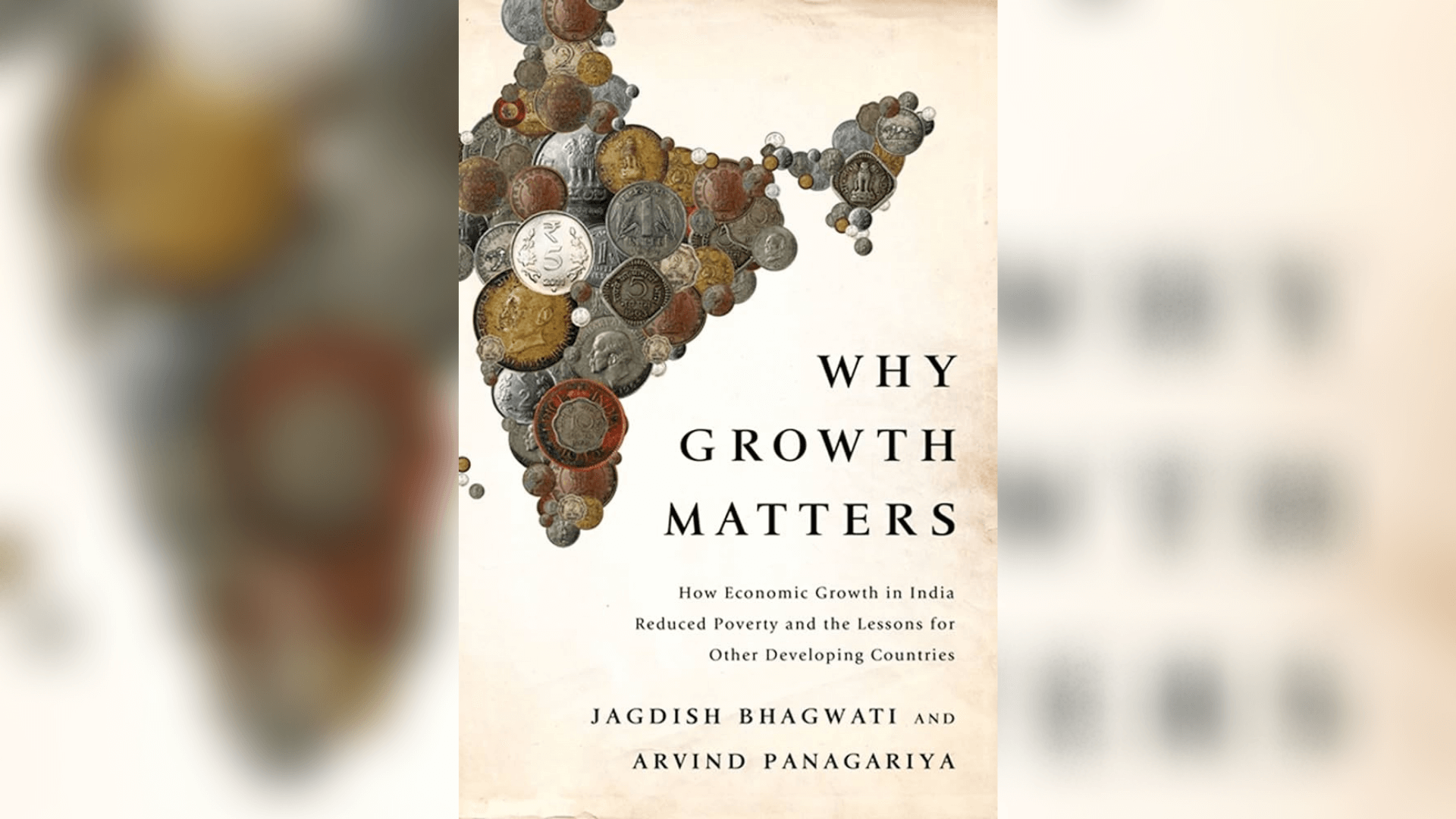Authors: Jagdish Bhagwati and Arvind Panagariya
This book has been around for about a decade, but a good book to read nonetheless in the week that Nigeria has a new President and a new impetus for economic growth in Nigeria to understand again how India pursued economic growth through comprehensive reforms since 1991. First, a quote of what George Akerlof, a Nobel Laurette in economics 2001 said about the book, “the lessons from the spirit of 1991 are not just relevant for India today; they are also of prime importance for the billions of citizens of low-income countries around the globe.”
And that is exactly what this book is all about. First, the book traced the potential of the Indian economy since independence in 1947 and why a mixed bag of socialist policies and extensive licencing and regulations did not deliver growth beyond an average of 3.5% between 1950 and 1980. At this growth rate, the level of poverty grew. But between 2005 and 2021, India’s growth has lifted over 450 million, more than twice the size of Nigeria’s population, out of poverty.
At independence, the hope was that India will grow and develop dramatically afterwards because, as the books says, “India had inherited a splendid civil service, a fiercely independent judiciary, a relatively free press, and above all, politicians who had fought for independence and put social good ahead of personal profit.” But, as history has demonstrated, while these elements are important for sustained economic growth, it is policies that matter.
The book also compared India and China’ failure in the same period and reached the following conclusion about their growth record – “China because of ruinous policies with disastrous economic policies prompted by Marxist doctrines that required autarky and regimentation of the economy, and India because of a disastrous economy policy framework that undermined the productivity of its investment efforts.”
However, sustained reforms have led to growth in India, Brazil, and China. It is reforms, also when sustained, that will lead to sustained high level of growth in Nigeria. The book argue that two things lead to sustained economic growth – liberal policies ad reforms in the Indian economy. They highlighted two set of reforms, calling it track 1 and track 2. Track 1 set of reforms are reforms that produces growth and directly impacts on poverty. Track 2 are those that are aimed at providing health and education. In “why growth matters”, you will also find how data is used to dispel the many myths that critics associate with the reform and growth process.

There are many lessons in the book for Nigeria. Let’s look at a few of them.
- “Institutions are not exogenous to policies”. This means that institutions behaviour changes in line with policies. When that does not happen, the reform will not be effective. There are many instances in Nigeria where institutions did not change in response to reforms.
- The option to eradicate poverty through redistribution, even if politically feasible, was not available. Why? There were too few from whom the government could take and too many it needed to give.” This is the folly of tradermoni.
Reading the book is like reading about Nigeria today – same challenges, but also same great opportunities to transform the fortune of this country if only we are bold and courageous enough to carry out reforms that improves the productivities and returns on the investments in the country. The starting point, as I have argued this week, is Macroeconomic Stability.












